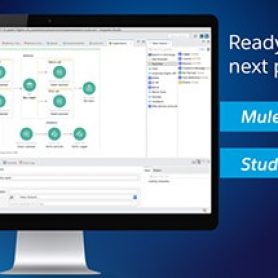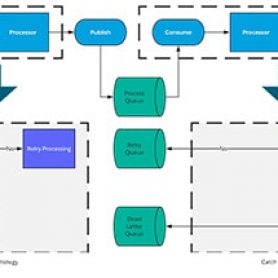Latest posts
Understanding “big-O complexity” in DataWeave
Sometimes developers face optimization challenges in their code — regardless of the programming language they use. One of the most common optimization challenges is... read more.
An event-driven approach to Salesforce integration
A number of the materials (posts, tutorials, etc.) available out there present an approach to integration between MuleSoft and Salesforce on the basis that... read more.
A deep-dive into sizing your Runtime Fabric cluster
Runtime Fabric has consolidated as the most flexible deployment option for the Mule runtimes. Anypoint Runtime Fabric can be installed in your on-premises data... read more.
How to break data silos: an example using Salesforce and Procore
Delivering rich and consistent experiences to stakeholders and customers is one of the objectives of digital transformation. Data provides context and enables business processes... read more.
Installing Runtime Fabric on a local PC
Anypoint Runtime Fabric is a container service that automates the deployment and orchestration of Mule applications and API gateways. Runtime Fabric runs within a... read more.
MUnit testing made easy: Introducing the test recorder
Testing is an essential part of the software development process used to ensure code quality, but the reality is that it can be a... read more.
Announcing a new DataWeave tutorial series
Have you ever used DataWeave? In this three-part tutorial series, you will be guided through different DataWeave operators that you can use directly in... read more.
API governance: Asset approval process
In our previous blog, we covered the overview of governance posture for organizations. In this blog, we will take a deep dive into identifying... read more.
5 steps to externalize mapping using Salesforce custom objects
The need for an externalizing mapping definition comes up often in integration projects. It must be managed and maintained outside the Mule application code... read more.
Error handling from an integration patterns perspective
In the world of data integration, error handling is crucial to a successful data integration strategy, however, it is often one of the most... read more.























